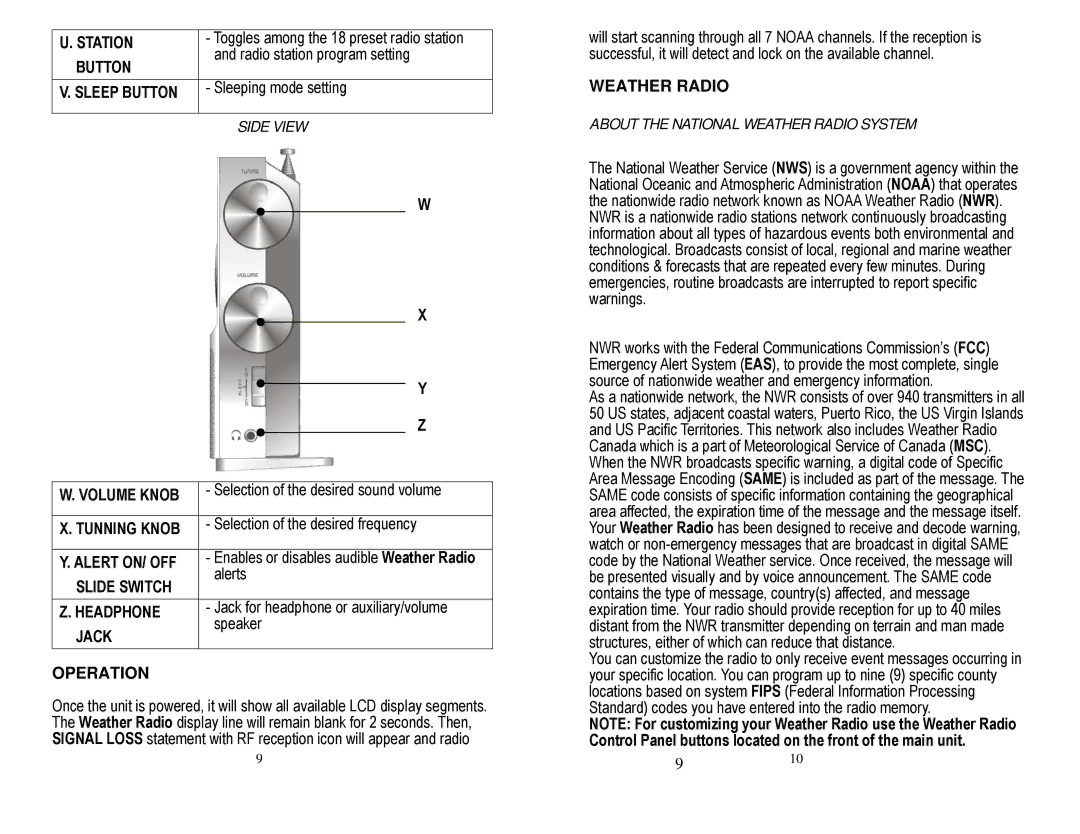RN507, PRC507W specifications
The Honeywell PRC507W and RN507 are innovative control solutions designed to enhance efficiency and performance in various applications. Combining advanced technology with user-friendly features, they are ideal for both residential and commercial use.One of the standout features of the Honeywell PRC507W is its smart connectivity options. This model supports Wi-Fi connectivity, enabling users to control their heating, cooling, and air conditioning systems remotely via a smartphone or tablet. The Honeywell Home app allows for seamless integration and easy management of the system from virtually anywhere, offering convenience that modern homeowners expect.
Another significant advantage of the PRC507W is its compatibility with various HVAC systems. This versatility means it can be integrated into existing setups without requiring extensive modifications. Moreover, the device supports voice commands through platforms like Amazon Alexa and Google Assistant, facilitating an even more hands-free experience for users.
The RN507 variant offers similar capabilities but is geared towards enhancing energy efficiency. It comes equipped with features that allow for adaptive scheduling and learning algorithms that analyze user preferences and habits over time. This smart technology means the system can automatically adjust temperatures based on occupancy patterns, reducing energy consumption and lowering utility bills.
The design of both models is sleek and modern, featuring intuitive touchscreens that are easy to navigate. The touch interface provides quick access to different functions, making it user-friendly for all ages. Additionally, the daylight savings time adjustment feature ensures that the internal clock remains accurate, eliminating user errors related to manual adjustments.
In terms of safety and security, both the PRC507W and RN507 have built-in alerts and notifications. Users receive updates regarding system performance and can be alerted to issues, such as unusual temperature fluctuations or malfunctions. This proactive approach to maintenance helps ensure robust performance and longevity.
Overall, the Honeywell PRC507W and RN507 are excellent choices for those looking to upgrade their climate control systems. With their smart technology, user-friendly interfaces, energy-saving capabilities, and robust security features, these models stand out in an increasingly competitive market. Their ability to integrate seamlessly into existing systems further solidifies their position as top-tier solutions for modern heating and cooling management.

